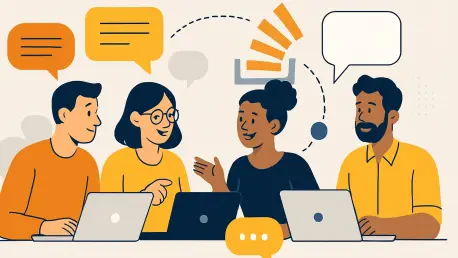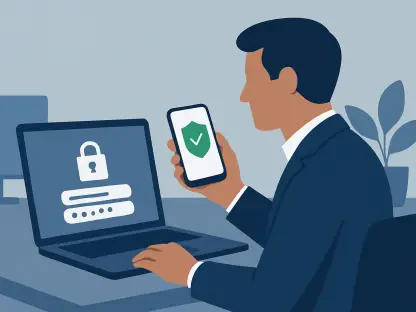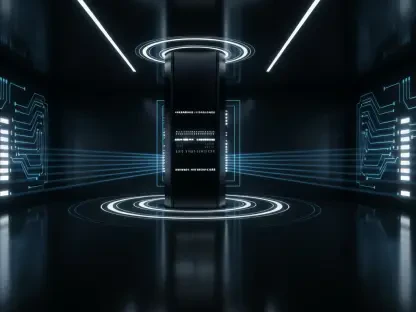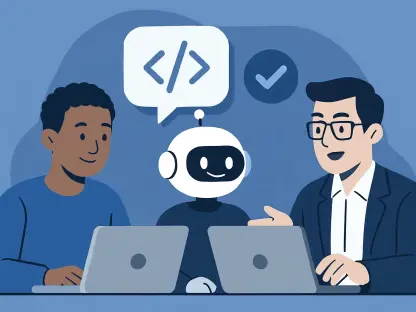I’m thrilled to sit down with Vijay Raina, a seasoned expert in enterprise SaaS technology and software design, who brings a wealth of knowledge in creating impactful digital tools for collaborative communities. Today, we’re diving into the recent revitalization of Stack Overflow’s Chat feature, exploring how it’s being reimagined to meet the needs of modern developers. Our conversation touches on the importance of human-driven collaboration in an AI-dominated era, the push for safer and more accessible online spaces, and the innovative updates designed to foster connections among technologists of all levels.
What sparked the decision to breathe new life into Stack Overflow’s Chat feature after 15 years since its debut?
I think it’s all about timing and relevance. Over the past decade and a half, we’ve seen a huge shift in how developers interact and learn. A new wave of developers, especially from younger generations, are seeking real-time, interactive spaces to connect. Chat was originally envisioned as a “third place” for collaboration, and now, with 37% of Gen Z developers using chat as a learning tool according to recent surveys, it felt like the perfect moment to enhance this feature and make it a cornerstone of the platform again.
How do you envision Chat meeting the unique needs of today’s younger developers, particularly Gen Z, who are using it as a learning resource?
Younger developers often crave instant feedback and community support. They’re not just looking for static answers; they want dynamic conversations where they can bounce ideas around. Chat offers that immediacy—whether it’s debugging a tricky issue or discussing the latest tech trends. We’ve tailored the experience to be intuitive and engaging for them, ensuring they can jump into discussions without a steep learning curve, while still benefiting from the wisdom of more experienced users.
Can you walk us through the safety enhancements being introduced in Chat and how they aim to protect the community?
Safety is a top priority. We’ve rolled out advanced detection tools to identify spam and problematic behavior early on. These systems help us spot bad actors before they can disrupt conversations. Additionally, we’ve improved flagging mechanisms so users can quickly report issues, and our moderation tools have been upgraded to allow faster responses from the team. These updates create a secure environment where developers can focus on collaboration without worrying about toxicity or irrelevant noise.
What efforts are being made to simplify the onboarding process for new users stepping into Chat for the first time?
We’ve focused on removing barriers. The onboarding experience now includes clear guides and prompts to help users understand how Chat works and where to find relevant discussions. We’ve also integrated Chat more visibly into the platform, like adding access through the sidebar on the homepage. The goal is to make sure newcomers feel welcomed and can start participating right away without feeling overwhelmed by the interface or community norms.
In what ways are you working to make Chat more accessible to a diverse range of developers worldwide?
Accessibility is about inclusivity on multiple levels. We’ve updated the interface to be more user-friendly across devices, ensuring it works seamlessly whether you’re on a desktop or mobile. We’re also mindful of language and cultural differences, encouraging chatrooms that cater to a variety of interests and backgrounds. By broadening the scope of topics and improving discoverability, we’re inviting developers from all walks of life to find a space where they feel at home.
How do the Stack Overflow Lobby and Stack Exchange Lobby contribute to building meaningful peer-to-peer connections among users?
These lobbies are designed as central hubs for socializing and support. They’re spaces where developers can casually interact, seek guidance, or offer help in real time. Whether you’re a newbie asking for advice or a veteran sharing insights, these areas foster a sense of belonging. They’re welcoming by design—there’s no hierarchy, just a shared goal of learning and collaboration. It’s a place to connect on a human level, beyond just code or technical queries.
Why do you believe a human-centric space like Chat remains vital, especially as AI-generated content becomes more prevalent in tech communities?
AI is a powerful tool, but it can’t replicate the nuance and empathy of human interaction. Developers often need validation or creative input that only a peer can provide. There’s still a lot of skepticism about AI answers—people want to know they’re getting advice from someone who’s been in their shoes. Chat offers that reassurance, a place to discuss, debate, and refine ideas with real people who understand the context and challenges of the work.
Beyond solving coding problems, what other kinds of discussions or topics do you hope to see flourish in Chat?
I’d love to see Chat become a space for broader conversations—think industry trends, career advice, or even personal passions like balancing work and life as a developer. It’s a chance to brainstorm wild ideas, share experiences about adopting new tech, or just chat about what’s inspiring in the field. These discussions can spark creativity and build camaraderie, turning Chat into more than just a help desk but a true community hub.
Can you share a memorable story of a connection or friendship that emerged through Chat, and what it tells us about its value?
One story that stands out is about two developers who met in a late-night debugging session years ago. They ended up solving a complex bug together, stayed in touch through Chat, and eventually met at a local tech meetup. Their collaboration turned into a lasting friendship, and they’ve even worked on projects together since. Stories like this show how Chat isn’t just about quick fixes—it’s about building trust and relationships that extend beyond the screen, reinforcing the community spirit at the heart of the platform.
What’s your forecast for the future of collaborative spaces like Chat in the tech world over the next few years?
I believe collaborative spaces like Chat will become even more critical as technology evolves. With the rapid pace of change in tools and frameworks, developers will need places to share real-time insights and adapt together. I see these spaces becoming more integrated with learning platforms, blending human interaction with curated resources. My hope is that Chat continues to grow as a trusted, inclusive environment where technologists can connect authentically, no matter where they are in their journey.









